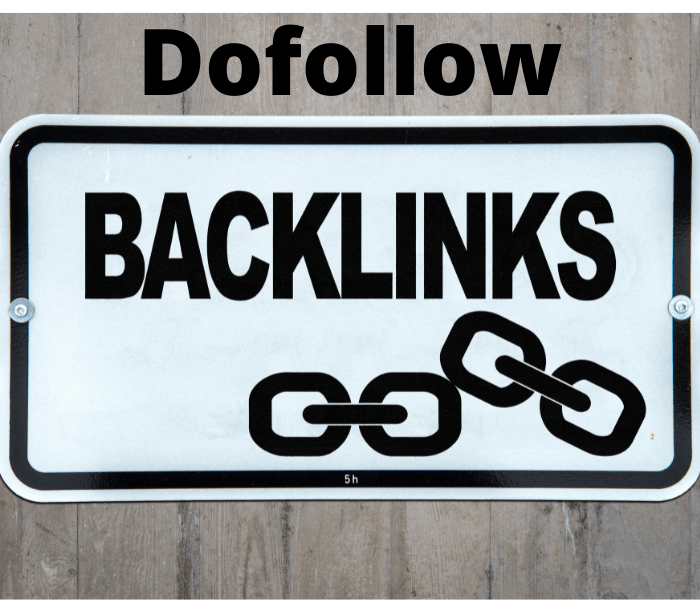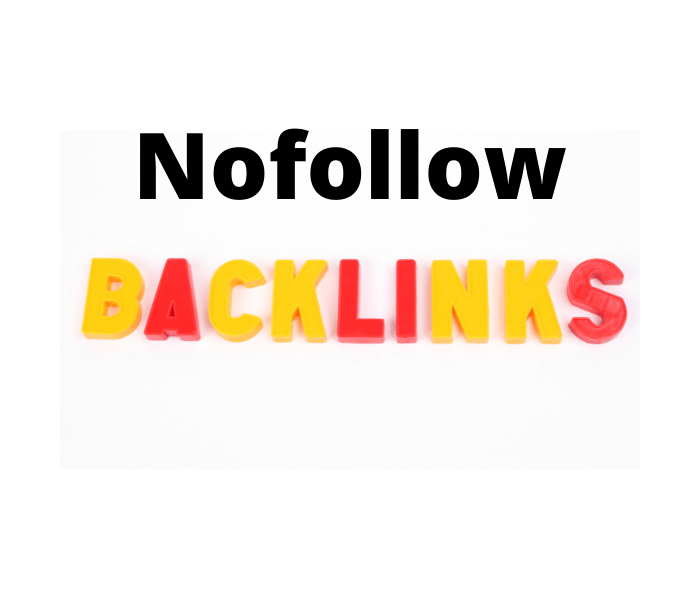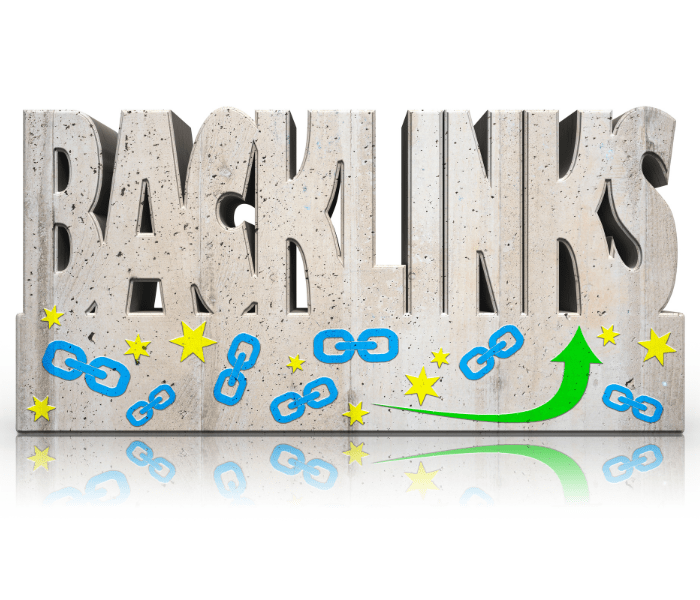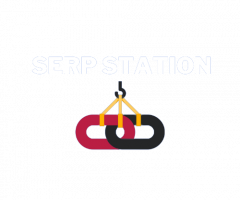What is a Dofollow backlink?
A dofollow backlink is a link that passes on “link juice” to the website it’s linking to. This is in contrast to a nofollow backlink, which doesn’t pass on link juice and doesn’t help the linked-to website’s SEO.
Dofollow backlinks are an important part of SEO because they help websites rank higher in search engine results pages (SERPs). When one website links to another, it’s effectively giving a vote of confidence. The more votes a website has, the higher it will rank in SERPs.

Dofollow backlinks are also important for building relationships with other website owners and influencers. When you link to someone’s website, you’re showing that you value their content and think it’s worth sharing with your audience. This can help you build relationships and get your content shared more widely.
If you’re looking to get more dofollow backlinks, there are a few things you can do:
- Reach out to other website owners and ask for links. This can be done through email, social media, or in comments on other websites.
- Create high-quality content that other website owners will want to link to.
- Use social media to share your content and build relationships with other influencers.
- Add links to your website on other websites, such as directories, profile backlink, web2.0, article submission, resource pages, and guest posts.
Getting more dofollow backlinks will help your website rank higher in SERPs and build relationships with other website owners. By following the tips above, you can start to see an increase in the number of backlinks pointing to your site.
What is nofollow baclink?
A nofollow backlink is a link that does not pass on any PageRank or authority from the linking page to the linked page. Nofollow backlinks are used in two situations:
When a webmaster does not want to pass on PageRank or authority from a linking page to a linked page (for example, if the webmaster is linking to a page that he or she does not trust).
When a webmaster does not want to give the linked page any PageRank or authority (for example, if the linked page is a paid link).

Nofollow backlinks are created with the nofollow link tag, which looks like this:
When a webmaster adds the nofollow link tag to a link, it tells search engines that they should not follow that link. This means that the search engine will not crawl the linked page, and will not pass on any PageRank or authority from the linking page to the linked page.
There are a few situations where it makes sense to use nofollow backlinks.
If you are linking to a page that you do not trust, you can use the nofollow link tag to prevent search engines from following that link and crawling the linked page.
If you are linking to a page that is a paid link, you can use the nofollow link tag to prevent search engines from following that link and passing on any PageRank or authority to the linked page. This is a good way to prevent your site from being penalized by Google for participating in paid link schemes.
If you are linking to a page that is not part of your site (for example, if you are linking to a page on another site), you can use the nofollow link tag to prevent search engines from following that link and crawling the linked page. This is a good way to prevent your site from being penalized by Google for participating in link schemes.
In general, it is best to avoid using the nofollow link tag unless you have a good reason to do so. Most links should be followed by search engines, as this is what helps them crawl the web and find new pages.

